Introduction: What Makes Bibimbap Bowls a Spicy Sensation?
If you’ve ever looked at a bowl of food and thought, 'This looks like it could start a party in my mouth', then bibimbap has already whispered to your soul. Originating from Korea, this iconic rice dish is more than just colorful toppings on warm grains—it’s a canvas for spice exploration, a cultural fusion masterpiece, and a personal culinary playground.
Table of Contents
- What Is Bibimbap, Anyway?
- Why Spices Make or Break Your Bibimbap Bowl
- A Global Twist on Traditional Korean Flavors
- How to Build the Ultimate Bibimbap Bowl (With Spice Tips!)
- Common Mistakes (and How to Avoid Them)
- Pairing Bibimbap with Drinks for Maximum Flavor Fun
- Pro Tips for Customizing Your Bowl Like a Spice Guru
- Conclusion: The World on One Plate
What Is Bibimbap, Anyway?
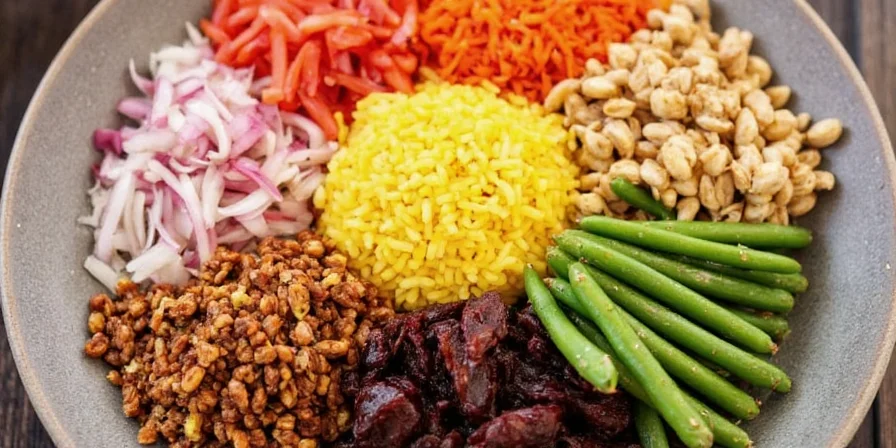
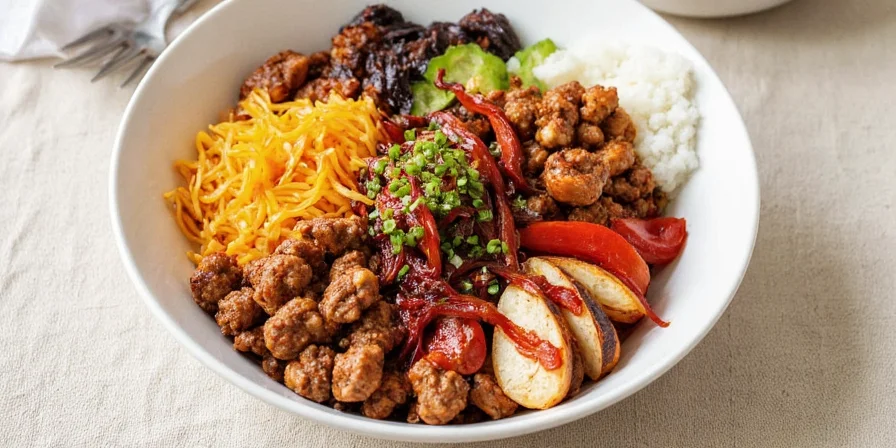
Bibimbap translates literally to 'mixed rice'—and that’s exactly what it is. You take a bowl of warm white rice and top it with an assortment of seasoned vegetables, meat (usually beef), a fried egg, and gochujang (Korean chili paste). Then you mix everything together for a symphony of textures and flavors.
The beauty of bibimbap lies in its versatility. While the classic version follows specific guidelines, the modern iteration lets you play around with ingredients, spices, and even presentation.
Why Spices Make or Break Your Bibimbap Bowl
Spices are the unsung heroes of bibimbap. They bring depth, complexity, and personality to each bite. Without the right balance, your bowl can feel flat or uninspired.
| Spice | Flavor Profile | Usage in Bibimbap |
|---|---|---|
| Gochujang | Savory, sweet, spicy, umami | Base sauce for mixing; adds heat and depth |
| Gochoonaru (Korean chili powder) | Fruity, medium heat | Used in marinades or sprinkled over veggies |
| Garlic | Pungent, aromatic | Enhances savory notes in meat dishes |
| Black Pepper | Earthy, sharp | Adds warmth without overpowering other spices |
| Sesame Oil | Nutty, fragrant | Used as finishing oil to enhance aroma |
A Global Twist on Traditional Korean Flavors
Bibimbap isn’t confined to Korea anymore—it's gone global, picking up spices and styles from around the world. Here’s how different regions put their spin on this iconic bowl:
| Region | Spice Style | Notable Ingredients |
|---|---|---|
| Korea (Traditional) | Gochujang-forward, balanced | Spinach, zucchini, carrots, beef, fried egg |
| Mexico | Smoky, earthy | Jalapeños, chipotle mayo, corn, avocado |
| India | Spiced with curry flair | Turmeric rice, paneer, chana masala |
| Thailand | Fiery and aromatic | Thai basil, lemongrass chicken, bird’s eye chili |
| USA | Cheesy, smoky | BBQ chicken, cheese sauce, kale chips |
How to Build the Ultimate Bibimbap Bowl (With Spice Tips!)
Ready to create your own masterpiece? Follow these steps and add some serious flavor fireworks along the way.
- Rice Base: Use short-grain brown or white rice for authenticity. Toast the rice before cooking with a touch of sesame oil to boost nuttiness.
- Vegetables: Choose colorful options like spinach, carrots, mushrooms, zucchini, and bean sprouts. Sauté them separately with minimal oil to retain texture.
- Protein: Marinate thin slices of beef (bulgogi-style) in soy sauce, garlic, sesame oil, and gochoonaru. Pan-sear until caramelized.
- Egg: Fried eggs with a runny yolk are traditional. But poached or soft-boiled works too!
- Gochujang Magic: Mix gochujang with a bit of honey or maple syrup, sesame oil, and minced garlic for a killer sauce.
- Final Mix: Add all components to a bowl and drizzle sauce on top. Mix well and enjoy the explosion of flavor.
Common Mistakes (and How to Avoid Them)
Even seasoned cooks can mess up a good bibimbap bowl. Here are the most common blunders—and how to fix them:
- Too Much Sauce: Gochujang is powerful. Start small and taste as you go.
- Dry Rice: Under-seasoned or dry rice ruins the whole experience. Cook your rice in broth or toast it first.
- Overcooked Veggies: Keep them slightly crisp. No one wants mushy toppings!
- No Textural Contrast: Add toasted nuts, seeds, or crispy shallots for crunch.
- Ignoring the Egg: That yolk ties everything together. Don’t skip it unless you’re vegan.
Pairing Bibimbap with Drinks for Maximum Flavor Fun
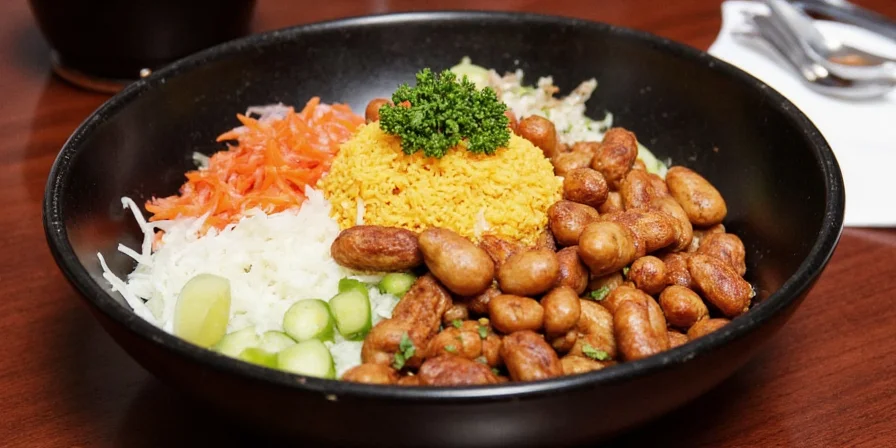
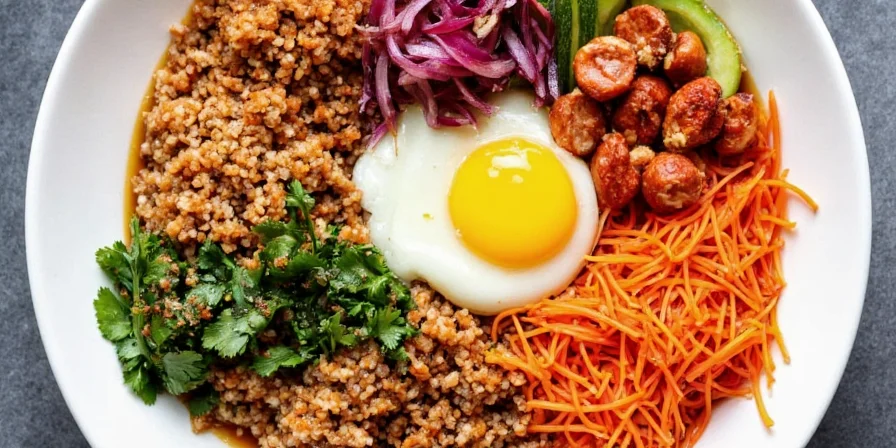
Just like wine pairings, certain drinks can elevate your bibimbap experience. Here are some fun combinations:
- Sparkling Water with Lime: Cuts through richness and refreshes your palate.
- Kombucha: Tangy and effervescent, it complements fermented gochujang beautifully.
- Soju: A Korean staple, it enhances the fire in spicy bowls.
- Chilled Hibiscus Tea: Balances heat with a tart sweetness.
- Coconut Water: A hydrating alternative with natural electrolytes.
Pro Tips for Customizing Your Bowl Like a Spice Guru
Want to impress your friends or yourself during meal prep? Try these advanced tips:
- Create a Spice Gradient: Layer mild, medium, and hot elements in your bowl for dynamic tasting.
- Use Fresh Herbs: Thai basil, cilantro, or mint can lift the entire dish.
- Toast Seeds and Nuts: Sesame seeds, pine nuts, or crushed peanuts add crunch and flavor.
- Try Different Bases: Swap rice for quinoa, cauliflower rice, or farro for variety.
- Incorporate Acid: A squeeze of lime or lemon brightens everything up.
- Experiment with Sauces: Sriracha aioli, miso dressing, or tahini can offer unexpected but delicious twists.
Conclusion: The World on One Plate
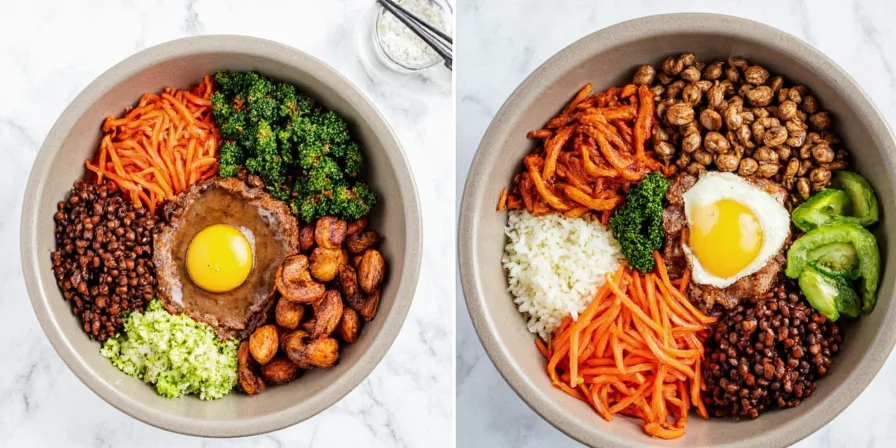
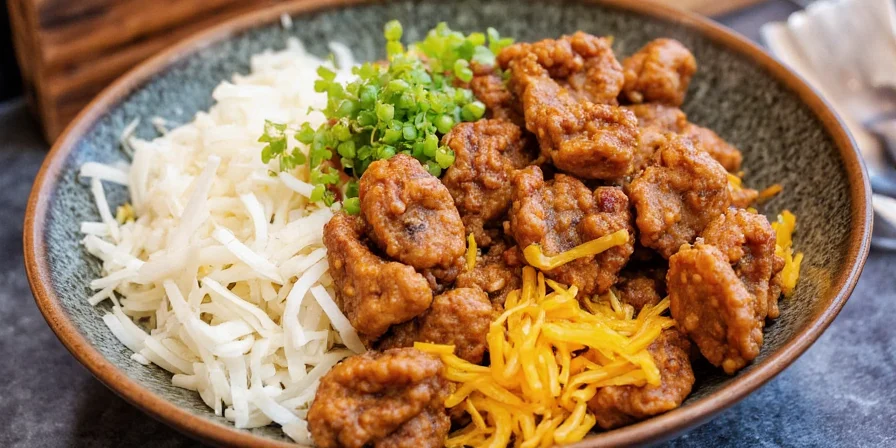
Bibimbap bowls are more than just a meal—they’re a celebration of culture, creativity, and community. Whether you stick to tradition or go wild with global flavors, the key is to embrace the spirit of experimentation.
So grab your spoon, mix it all up, and let the spice adventure begin. Who knew one bowl could tell so many stories?

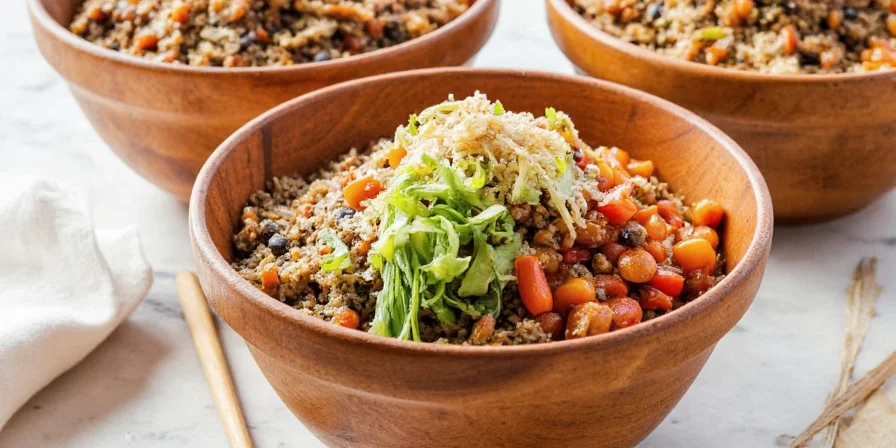









 浙公网安备
33010002000092号
浙公网安备
33010002000092号 浙B2-20120091-4
浙B2-20120091-4